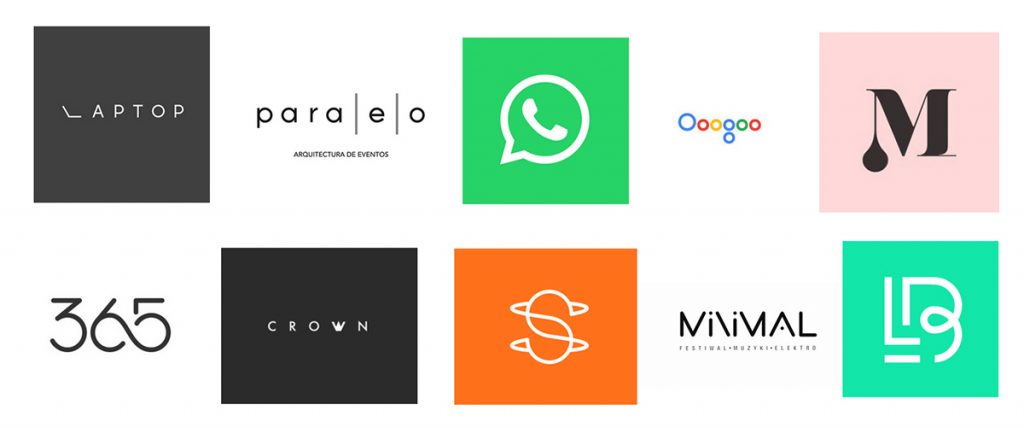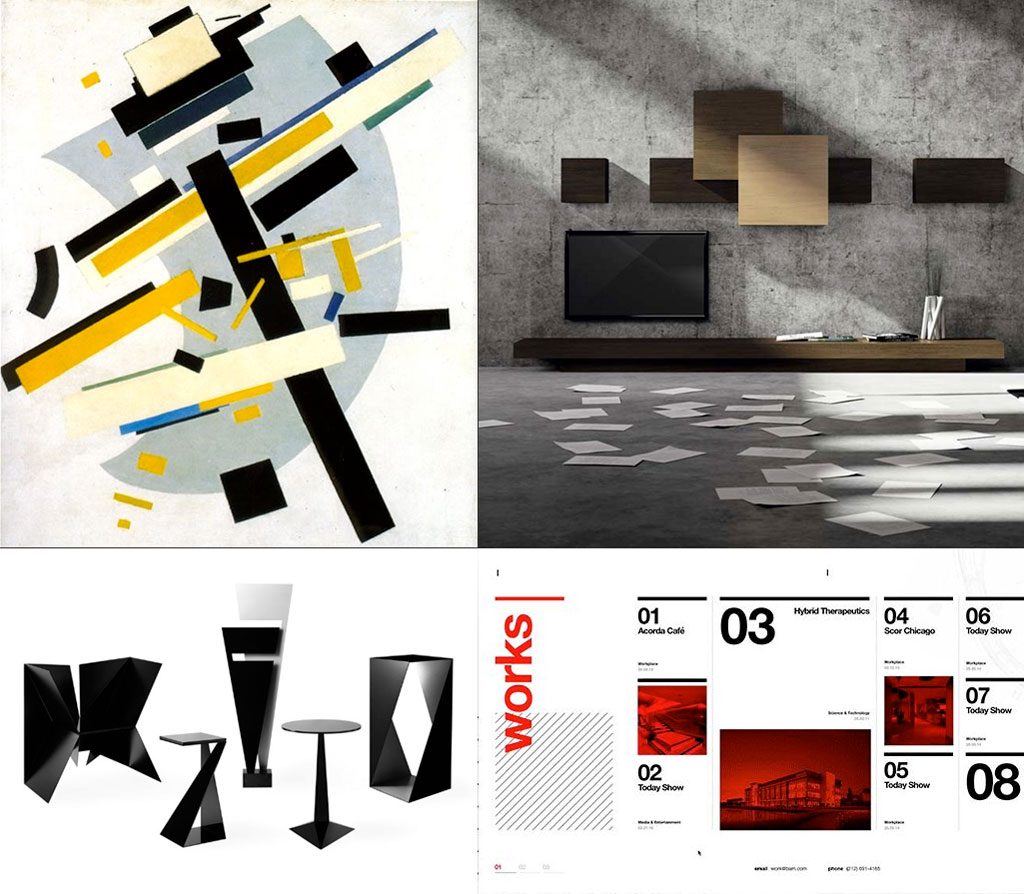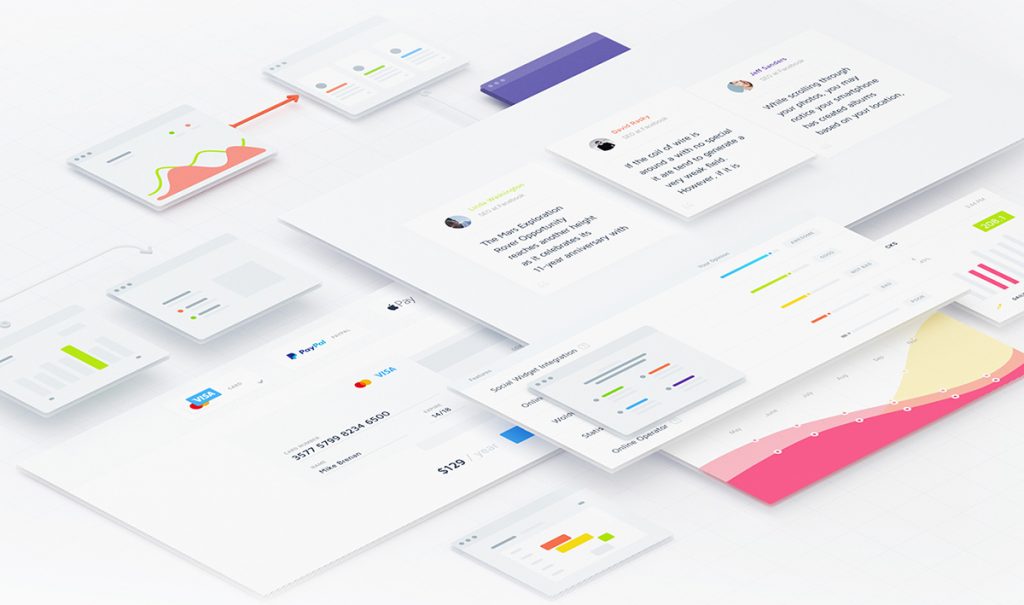Blog
Design Trends of 2017
2017 design trends emerged from digital era.
Recently posted on Behance 2017 Design Trends Guide provides an interesting collection of examples and insights about current visual and interactive design trends, which includes user interfaces, layout, logos, color, typography, photography and more. While this guide focuses mainly on visual style, it also displays some compelling examples emerging from conversion of visual art and information technologies. These trends are co-influenced by animation, photography and cinematography, user interface and usability. In today’s Digital Age it is not a surprise to see such reverse dynamics, when digital media impact the culture and traditional styles, such as architecture, decorative and fashion, industrial arts, which used to be the historic trend drivers.

Historically styles lasted for centuries and were emerged from traditional sources like: architecture & interior –Ancient Greece, Rome with famously proclaimed by Vitruvius in “De architectura”; from fashion – Louis XIV of France raining at baby age of 5 influencing his ruffles, bows, ribbons into decorative and architectural arts; by fine art – Impressionism, Art Nouveau, Suprematism. Today’s trends change more rapidly and greatly emerging from digital world of mobile apps and interactive media, which becoming the paramount influencers.

2017 Design Trends Guide presents main trends from “flat” design, animated graphics and photo-stills, vivid colors to responsive layouts and user experience. Let’s explain some of these items. Minimalistic “flat” graphics crystallized in Google’s Material Design was created for lighter and fast-loading screen graphics to save memory space and look good at any device screen resolutions. An example of the new Google logotype manifests the flat design with fill colors and simple geometry – very usable technical trend. Vivid color trend is refreshing and especially notable when applied to boring diagrams and charts like SEO analytics tuning these into a colorful art. As matter of fact, data charts and graphs when visually styled and animated are becoming an art form on its own that influences contemporary fine artists. Responsive design presents flexible dynamic layout that reflows and scales to fit a specific screen size and orientation and making content easy-to-read and follow.

Project: Resourсe | UI/UX Tool for Web Services Author: Ruslan Latypov; LS Graphics; Anton Mishin; Valery Gurkov
Other trends that are worth to mention include: using full screen poster-image; brevity e.g. short chunks of image/text and view more option; personalization based on user interests; further evolution of artificial intelligence that started with Siri and Alexa.
Does your design need to be trendy or what style it should embrace?
Sometimes I am being asked about recent trends and whether I am following one, which makes me think why trends are so important and powerful. Human psychology is obvious reason, yet any new and fresh trends emerge because they break from and rejects the existing ones.
Should your design flow a trend or reflect your image and tell about your endeavour or how you want it to be perceived? Thinking originally, thinking about how to present ideas, products or information to engage users and tell the story is essentially what important.
